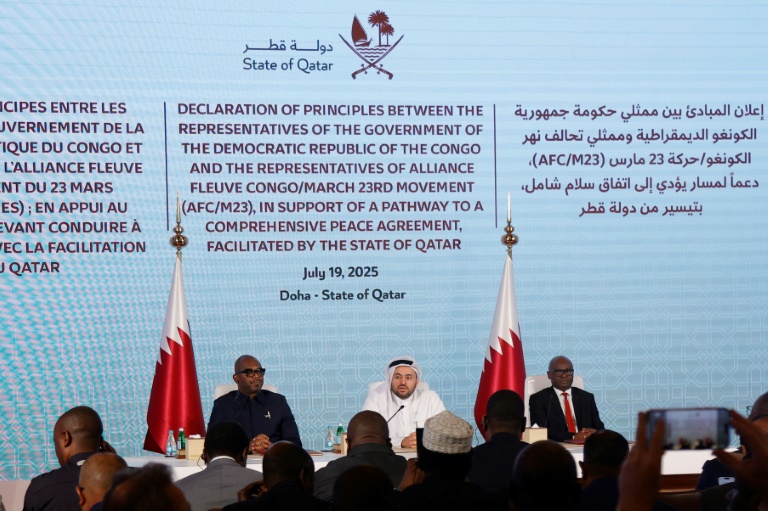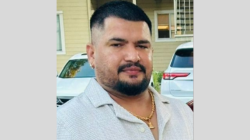A New Chapter in the Conflict
The Democratic Republic of Congo (DRC) and the M23, a rebel group backed by Rwanda, have reached a significant ceasefire agreement to halt ongoing hostilities in the mineral-rich but conflict-ridden eastern region of the country. This deal was signed on Saturday following three months of negotiations in Qatar, marking a potential turning point in the long-standing conflict.
The agreement includes a “permanent ceasefire” and commitments from both sides to avoid hate propaganda and any attempts to seize new territory through force. The declaration of principles outlines a roadmap for restoring state authority in the east and sets the stage for direct negotiations between the Congolese government and M23 toward a comprehensive peace agreement.
This development comes after a separate peace deal between the DRC and Rwanda was signed in Washington last month. Both agreements aim to bring stability to the region, which has been plagued by violence for over three decades. The eastern part of the DRC is rich in natural resources, particularly minerals that are highly sought after globally, but this wealth has also fueled conflict and humanitarian crises.
Escalation of Violence
In January and February, the M23 launched a rapid offensive that resulted in thousands of deaths and the capture of key cities like Goma and Bukavu. The group’s actions led to widespread displacement, with hundreds of thousands of people forced to flee their homes. The situation worsened as the M23 seized large areas of territory, creating a dire security environment.
The recent agreement was signed in Doha, where Congolese presidential envoy Sumbu Sita Mambu and M23 permanent secretary Benjamin Mbonimpa shook hands, symbolizing a commitment to peace. However, the M23 had previously insisted on negotiating directly with Kinshasa, arguing that the earlier DRC-Rwanda agreement left unresolved issues.
International Reactions
Rwanda expressed gratitude to Qatar and the United States for their role in mediating the accord, emphasizing its commitment to promoting sustainable peace and economic development in the Great Lakes region. The African Union described the agreement as a “significant development,” calling it a major milestone in efforts to achieve lasting peace, security, and stability in the region.
The European Union and the United Nations’ regional peacekeeping mission, MONUSCO, also welcomed the agreement. These international bodies see the deal as a step forward in addressing the complex challenges facing the DRC.
Key Terms and Implementation
Congolese government spokesman Patrick Muyaya highlighted that the deal respects the DRC’s “red lines,” including the non-negotiable withdrawal of the M23 from occupied areas followed by the deployment of national institutions. Both sides have agreed to implement the deal’s terms by July 29 at the latest and to begin negotiations toward a comprehensive agreement by August 8.
Rwandan President Paul Kagame and Congolese President Felix Tshisekedi are scheduled to meet in the coming months to solidify the Washington peace deal, although its full implementation remains pending. There are still questions about an expected side deal on economic issues, especially regarding access to the DRC’s mineral wealth.
Challenges Ahead
Despite the positive developments, previous ceasefire agreements in the region have failed, raising concerns about the sustainability of this new arrangement. Neighboring Rwanda denies providing military support to the M23, but UN experts suggest that the Rwandan army played a critical role in the group’s offensive, including combat operations.
Although the front line has stabilized since February, sporadic fighting continues between the M23 and various pro-government militias. The path to lasting peace remains uncertain, but the recent agreement offers a glimmer of hope for the people of the DRC and the broader region.







